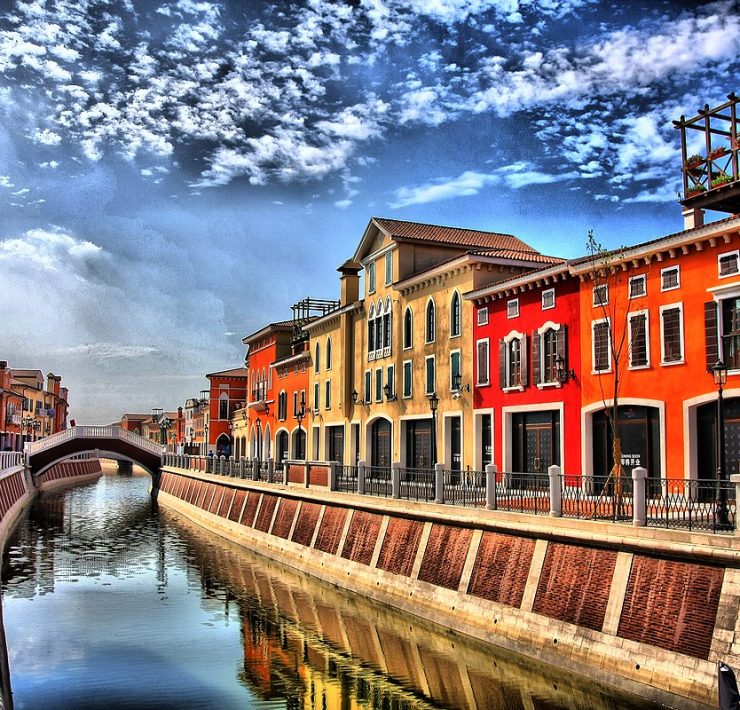One of the oldest astronomical towers in Europe, the Rundetårn (literally Round Tower) located in downtown Copenhagen was built in 1642, the same year Galileo was executed in Italy for his heretical claims that the sun is the center of the solar system. It is part of the Trinitatis complex, consisting of a tower, church, and library, built for scholars to study and worship the heavens.
Standing 34.8 meter high, the Rundetårn is famous as a stair-less tower equipped with a huge spiral walkway winding all the way from the ground up. This ingenious feature allows heavy and fragile astronomical equipment to be transported to the top of the tower via horse-drawn carriages. The corridor is wide enough to fit a car inside, in fact there have been a number of cars that drove up the tower. Also, every spring there has been a tradition of racing unicycles to the top of the tower and back down (the record was set in 1989 at a mind-boggling 1 minutes 48.7 seconds).
During late fall to early spring, visitors are welcome to view the night sky through the observatory’s professional astronomer grade telescope. For the rest of the year, they can simply enjoy panoramic views of the Copenhagen skyline on top of the tower. There are also many old astronomical instruments as well as art exhibits on display around the tower.
Post sources: DanishNet | Atlas Obscura
Want more Denmark? Visit our Discover Denmark page for more posts.
When On Earth Magazine is for people who love travel. We provide informative travel guides, tips, ideas and advice regarding places to see, things to do, what to taste, and much more for world travelers seeking their next dream vacation destination.






